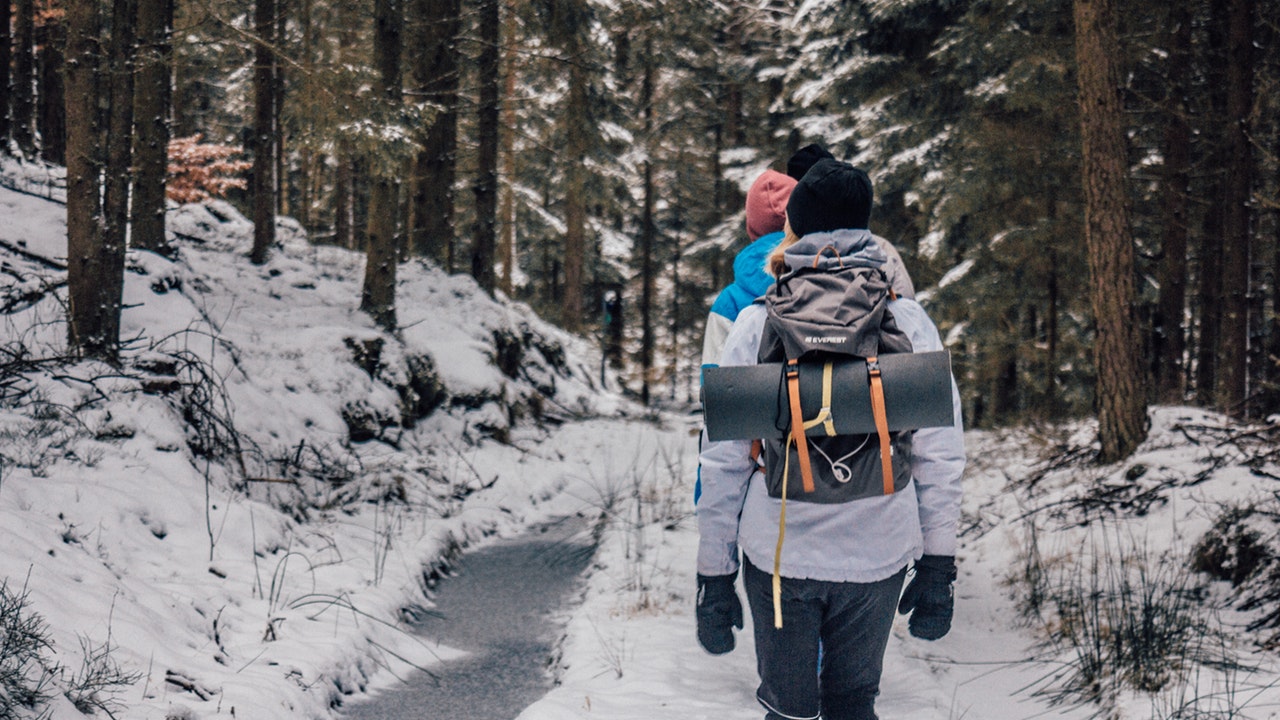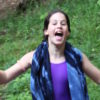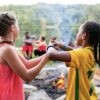Our current culture is obsessed with grit, persistence, determination. How do we instill it in our children? Why are our kids so soft? What can we do to toughen them up?
In the frozen Vermont winter, the year I turned sixteen, I learned persistence. The frigid temperatures battering the East Coast this winter have reminded me of that semester I spent at The Mountain School. The program was inspired by the literature of Emerson and Thoreau and as such, we studied Environmental Science by hiking in the woods, learned to make maple syrup and helped to run the farm on which we lived. My older sister had gone three years before me because she was passionate about farming and sustainability. I went because my sister went.
First and foremost, I learned to write at The Mountain School. Through the course of the semester we worked on a “place paper,” an essay that was written about a place that we loved. Jim, my ever-patient English teacher, had me revise the paper over and over and over again. The special place I chose was a corner of the yard in my childhood home that had always taken on a kind of magical significance for me. During the semester I worked hard to convey that sense of magic to the reader, learning that what I felt in my heart and knew in my mind is harder to put on the page. Before The Mountain School, my default setting had typically been that my work needed to be “good enough,” however, there is no room for “good enough” when you rewrite an essay five times. One could argue that experience of editing and re-editing a paper was my lesson in persistence at The Mountain School, but those revisions were required by my teacher. I had no choice but to continue.
Where I truly learned persistence, where I learned that to go forward in any meaningful way was really up to me, was on one of the many hikes we took that semester as part of our Environmental Science class. For this particular hike, because there had been a big fall of powdery snow the night before, our only way of making the outing was on snowshoes. I had never before put on a pair and my initial impulse was to undermine myself with the thought, “I’m not going to be good at this.” But as I was already two months deep in the Vermont woods and getting used to doing things that didn’t come naturally, I put on the snowshoes and followed my classmates into the woods. It took time to grow accustomed to the rhythm of snowshoeing, the new movement of legs and feet to stay atop the powder. But the sun was glistening off the crystalline snow and if I remember correctly, we were singing as we began the climb past birch trees and running streams. I could feel my leg muscles begin to warm and burn and my breath came fast and misty in the freezing winter air. I can picture my face that day and I know I was smiling with the pure pleasure of my body doing something new, untried and challenging.
At a certain point Kevin, our science teacher, had covered enough of his lesson plan for the day and gave us the choice to stay at the spot where we had stopped for a break or finish the hike at the peak. The version of me who had started the semester would have said to herself that stopping was “good enough.” As in my writing, I had always given myself permission to stop when I had done just what was expected of me, no more, no less. The version of me who had arrived in January at The Mountain School would have said stopping right there was just fine. The version of me who had written and rewritten my “place paper” would have wondered if stopping and not summiting was “good enough.” However, the version of me who had recently decided she wanted to be something better, something stronger, decided that it was not “good enough.” That if I was going to fulfill my own great expectations of myself, I had to push past “good enough” and keep going.
A bunch of us summited, maybe all of us did, I honestly don’t remember. All I remember is getting to the top of the climb where we emerged from the pine trees into a massive clearing. As I caught my breath, gloved hands on hips, Rural Vermont stretched out in all directions around me, small farmhouses like tiny black smudges in the fields of snow. Trees far in the distance, huddled together in conference in a sea of white. The winter sun beat down on my cold, red cheeks, perspiration gathered in the small of my back, my legs ached with tiredness, and I knew. I knew that for the first time I had made a choice. Perhaps for the first time in my life I had chosen persistence. I am so grateful for that freezing cold winter where I learned to make that choice. There are still many moments 25 years later when I consider stopping at “good enough” and instead I opt for persistence.
Give your children experiences to learn to persist. Don’t just tell them to stick with it. Don’t just wonder aloud why they don’t have grit. Push them outside of the familiarity of their lives and give them the opportunity to choose persistence over “good enough” not because anyone tells them to, not for grades or college or because someone else expects it, but because that act of persistence is power in itself.







